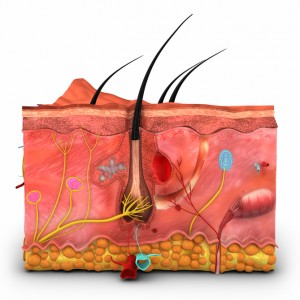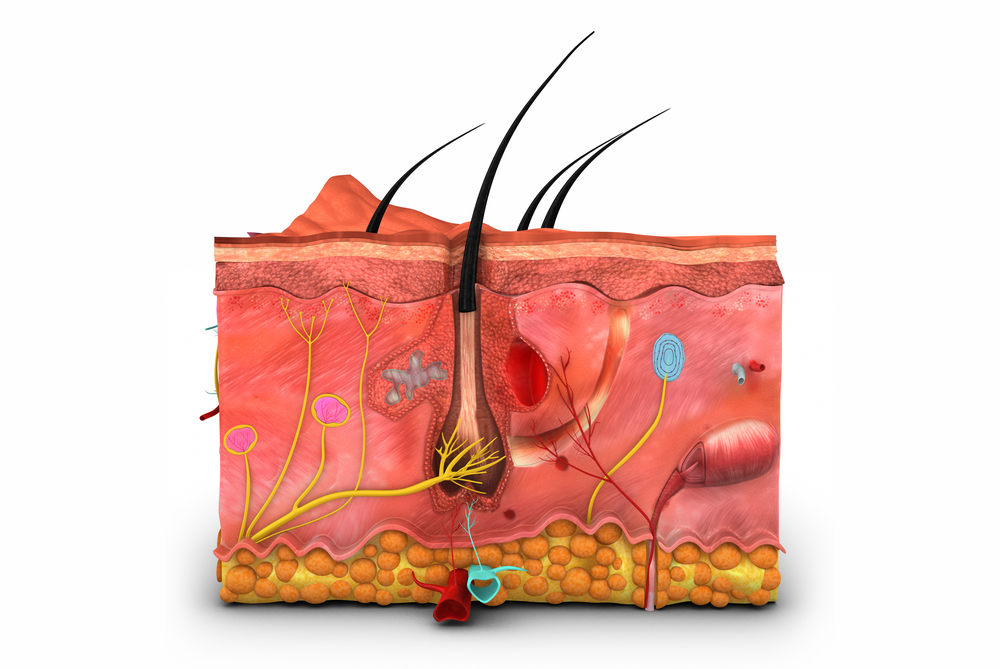 In a recent review article entitled “Intralesional therapy for advanced melanoma: promise and limitation,” Dr. Sanjiv S. Agarwala from St. Luke’s Cancer Center and Temple University in Pennsylvania discusses the need for several lines of therapy in patients with advanced melanoma, and highlights the benefits of intralesional therapy, enumerating the latest treatment options for advanced melanoma patients. The study was published in the journal Current Opinion in Oncology.
In a recent review article entitled “Intralesional therapy for advanced melanoma: promise and limitation,” Dr. Sanjiv S. Agarwala from St. Luke’s Cancer Center and Temple University in Pennsylvania discusses the need for several lines of therapy in patients with advanced melanoma, and highlights the benefits of intralesional therapy, enumerating the latest treatment options for advanced melanoma patients. The study was published in the journal Current Opinion in Oncology.
While advanced melanoma was treated for many decades with dacarbazine chemotherapy and high-dose interleukin (IL)-2, both treatments proved to be low in efficacy. However, these treatments were, for a long-time, the only US Food and Drug Administration (FDA)-approved therapies for this group of patients. Lately, however, therapeutic options for advanced melanoma have changed dramatically and patients have increasingly more options, including MAP-kinase pathway agents and immunotherapies.
Intralesional therapy, i.e., direct therapeutic injection into a lesion, is one of the new approaches highlighted by Dr. Agarwala. Here, agents induce the shrinking of the tumor and stimulate a systemic immune response, a particular characteristic of melanoma cancer where immune system lymphocytes penetrate the tumor towards its elimination. The author highlights that intralesional therapy is mainly relevant for patients with unresectable, multiple or advanced locally/regionally metastatic stage IIIB/C or stage IV M1a melanoma, since tumors in these patients are particularly easy to administer direct injection of therapeutic compounds. Additionally, these patients have a high risk for recurrence, progression, metastasis and therefore morbidity, even after surgery and radiation.
[adrotate group=”3″]
Among newly developed agents, the author highlights the promising results of intralesional agents Allovectin-7 (velimogene aliplasmid), plasmid IL-12, talimogene laherparepvec (T-VEC) and PV-10. A brief description of each drug’s mode of action and achievements is described in the review.
The author noted that despite the advance in melanoma therapeutics, patients will need to perform several lines of therapy in order to enhance survival outcomes. Current systemic therapies may not be the most suitable for all melanoma patients, particularly those with more advanced age and comorbidities. The author suggests that, in light of the promising results and due to its lack of toxicity and ease of administration, intralesional therapy has the potential to become a key player in melanoma treatment.
“What remains unclear at this early stage of experience with the agents in current development is how clinically significant the evoked systemic effects will be, and further, what combinations of intralesional therapy and systemic immune therapy will reap the greatest benefits for patients. Future clinical trials, it is hoped, will help answer these questions and provide yet another potentially effective approach to treat our patients with melanoma,” Dr.Agarwala commented in a press release.


